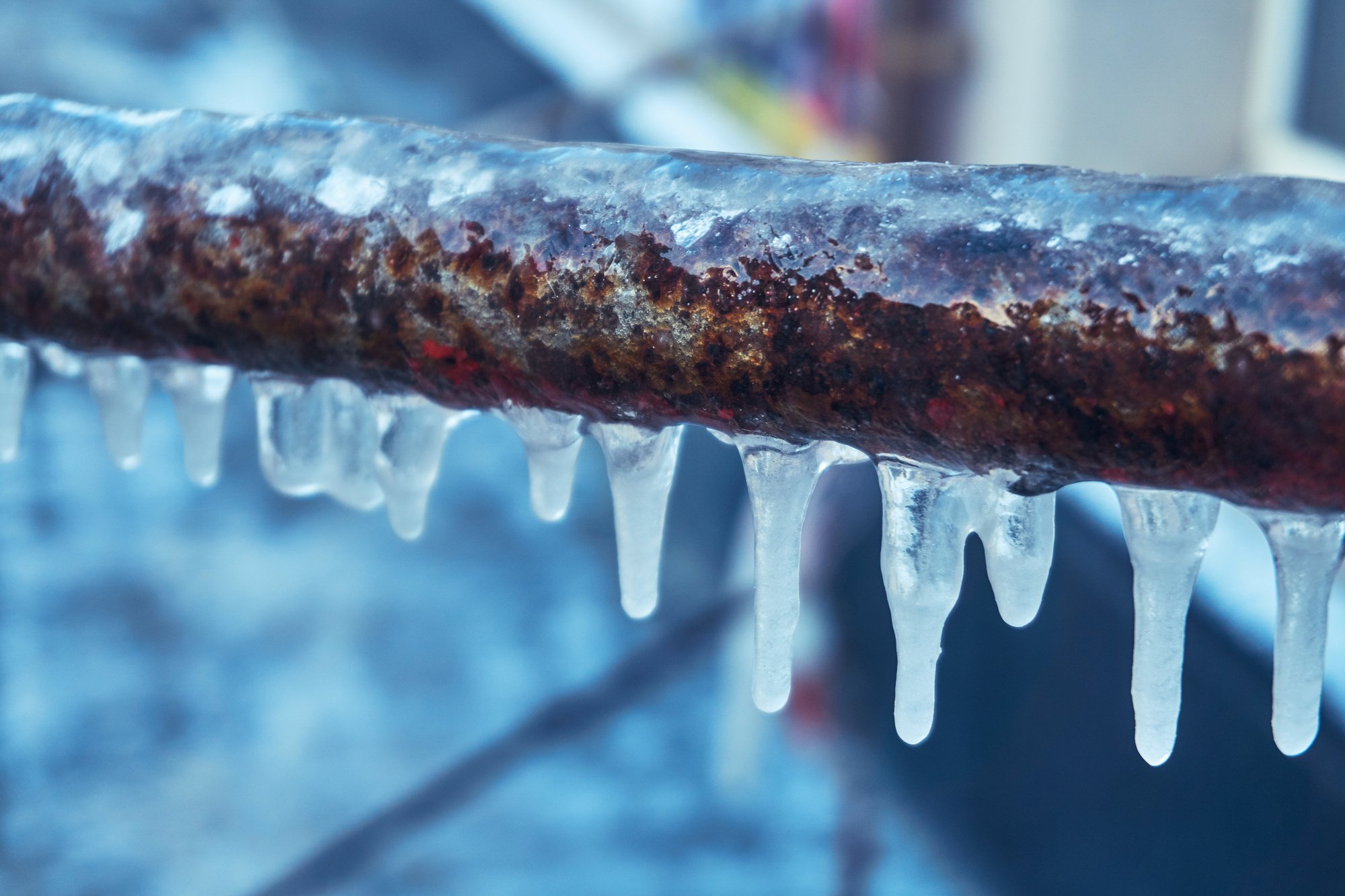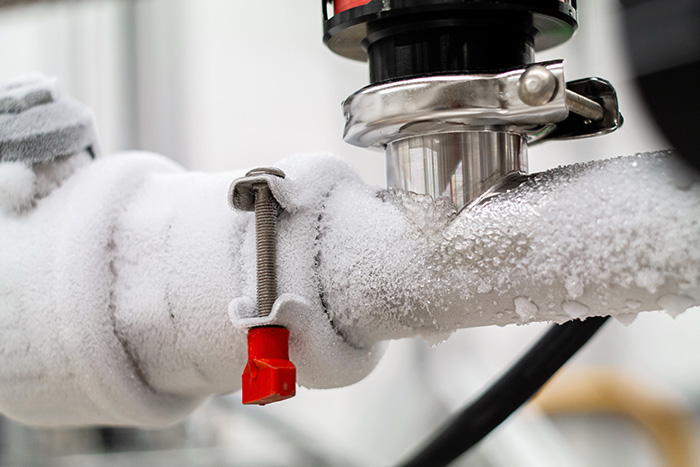The article further down about Winter Plumbing Precautions: Preventing Frozen Pipes is without a doubt interesting. Don't bypass it.

Winter can damage your pipes, especially by freezing pipes. Below's how to stop it from occurring and what to do if it does.
Intro
As temperatures decrease, the threat of frozen pipelines boosts, possibly leading to pricey fixings and water damages. Understanding just how to prevent frozen pipelines is important for home owners in cold environments.
Prevention Tips
Shielding vulnerable pipes
Wrap pipelines in insulation sleeves or make use of heat tape to shield them from freezing temperature levels. Focus on pipelines in unheated or exterior locations of the home.
Heating techniques
Keep indoor spaces sufficiently warmed, specifically areas with plumbing. Open cabinet doors to enable warm air to distribute around pipes under sinks.
Just how to recognize icy pipes
Search for decreased water flow from taps, uncommon odors or noises from pipes, and noticeable frost on subjected pipelines.
Long-Term Solutions
Architectural modifications
Consider rerouting pipelines far from exterior wall surfaces or unheated locations. Add added insulation to attic rooms, basements, and crawl spaces.
Updating insulation
Purchase high-grade insulation for pipes, attic rooms, and wall surfaces. Proper insulation assists maintain regular temperatures and lowers the risk of icy pipes.
Securing Outdoor Plumbing
Garden tubes and outdoor taps
Disconnect and drain yard hoses before winter months. Install frost-proof spigots or cover exterior faucets with shielded caps.
Understanding Frozen Pipes
What creates pipelines to freeze?
Pipes freeze when subjected to temperature levels listed below 32 ° F (0 ° C) for expanded periods. As water inside the pipes ices up, it increases, taxing the pipe walls and potentially causing them to rupture.
Dangers and damages
Frozen pipes can lead to water system disturbances, residential property damages, and costly repairs. Ruptured pipes can flooding homes and trigger substantial architectural damages.
Indications of Frozen Water Lines
Determining frozen pipes early can prevent them from breaking.
What to Do If Your Pipes Freeze
Immediate actions to take
If you believe frozen pipes, maintain faucets open up to soothe pressure as the ice thaws. Utilize a hairdryer or towels soaked in warm water to thaw pipelines slowly.
Verdict
Avoiding icy pipes calls for proactive procedures and quick actions. By understanding the causes, indicators, and safety nets, property owners can shield their plumbing throughout winter.
6 Proven Ways to Prevent Frozen Pipes and Protect Your Home
Disconnect and Drain Garden Hoses
Before winter arrives, start by disconnecting your garden hoses and draining any remaining water. Close the shut-off valves that supply outdoor hose bibs and leave the outdoor faucet open to allow any residual water to drain. For extra protection, consider using faucet covers throughout the colder months. It’s also important to drain water from any sprinkler supply lines following the manufacturer’s directions.
Insulate Exposed Pipes
Insulating your pipes is an effective way to prevent freezing. Pipe insulation is readily available at home improvement stores and is relatively inexpensive. Pay close attention to pipes in unheated areas such as the attic, basement, crawl spaces, or garage. Apply foam insulation generously to create a buffer against the cold. You can also wrap your pipes in heat tape or thermostat-controlled heat cables for added warmth.
Seal Air Leaks
Inspect your home for any cracks or openings that could let in cold air. Seal any holes around the piping in interior or exterior walls, as well as the sill plates where your home rests on its foundation. Additionally, make sure to keep your garage door closed unless you’re entering or exiting. Leaving it open creates a significant air leak that can lead to frozen pipes.
Allow Warm Air Circulation
During cold snaps, it’s essential to allow warm air to circulate evenly throughout your home. Leave interior doors ajar to promote better airflow. Open kitchen and bathroom cabinets to help distribute heat consistently around the rooms. If you have small children or pets, be sure to remove any household chemicals or potentially harmful cleaners from open cabinets for safety.
Let Faucets Drip
A small trickle of water can make a big difference in preventing ice formation inside your pipes. When temperatures drop significantly, start a drip of water from all faucets served by exposed pipes. This continuous flow helps prevent the water from freezing. Additionally, running a few faucets slightly can relieve pressure inside the pipes, reducing the chances of a rupture if the water inside does freeze.
https://choateshvac.com/6-proven-ways-to-prevent-frozen-pipes-and-protect-your-home/

Do you like reading up on Preventing and dealing with frozen pipes? Create feedback below. We'd be pleased to find out your insights about this posting. We are looking forward to see you back again later on. Don't hesitate to take a moment to promote this article if you appreciated it. I value your readership.
Call Today